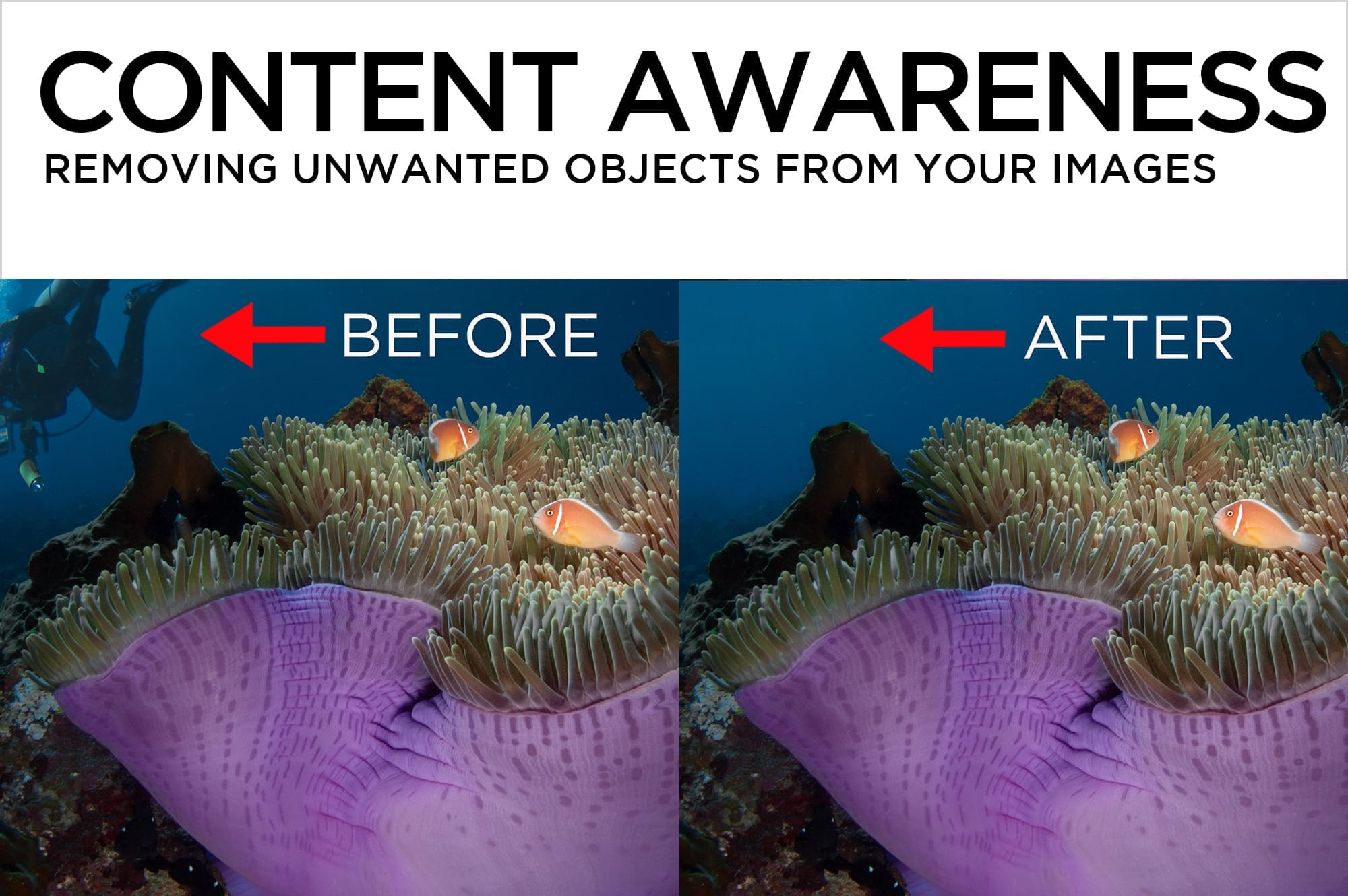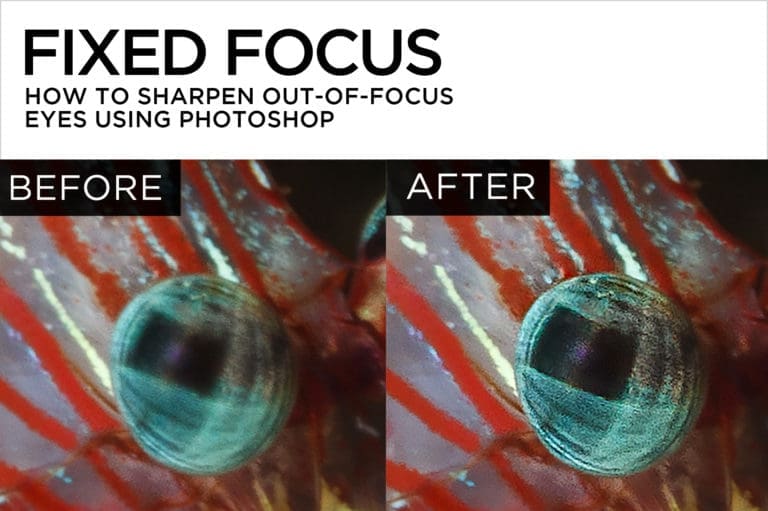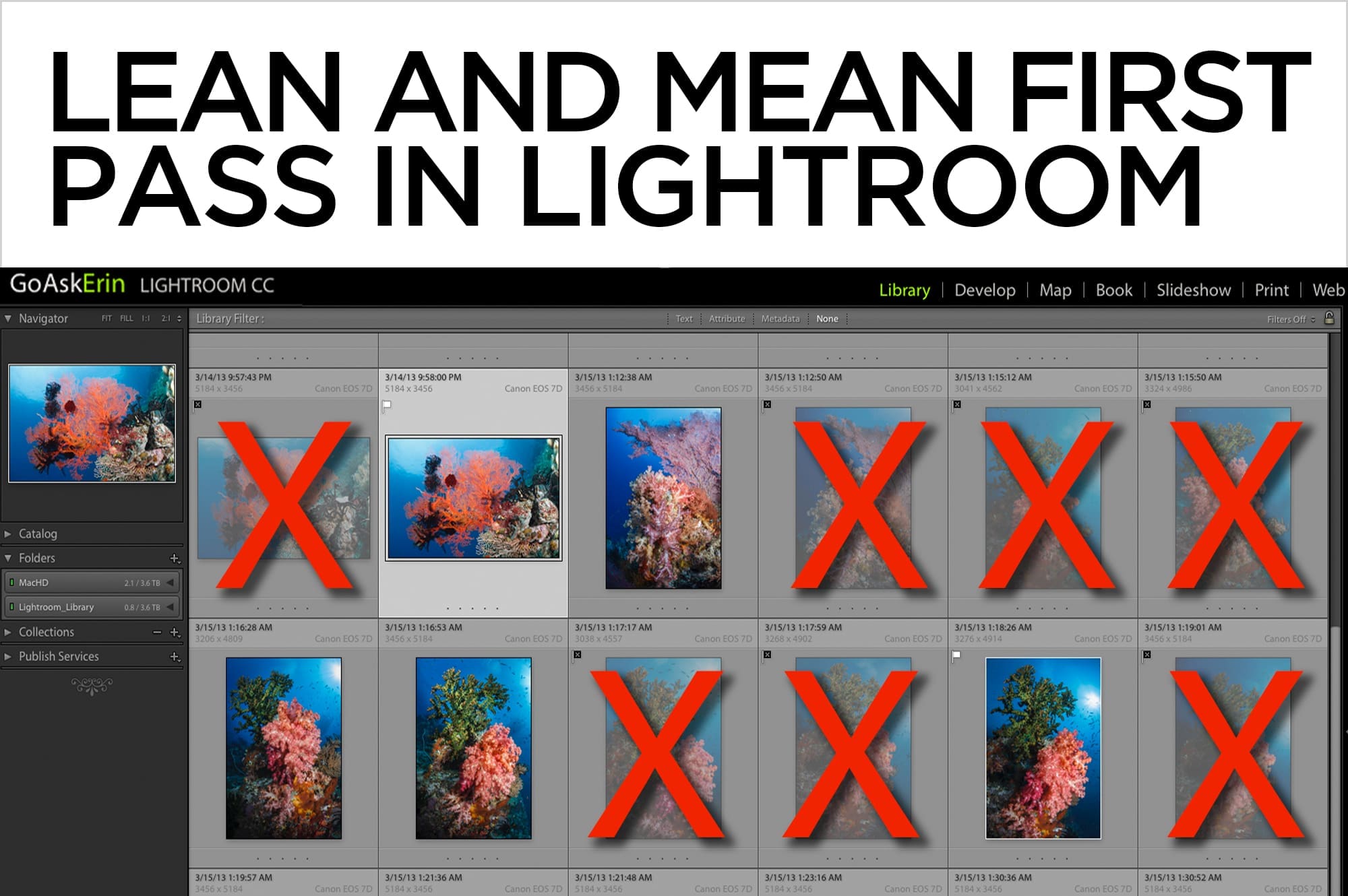Content Awareness – Removing Unwanted Objects From Your Images
Content Aware Fill is a quasi-magical Photoshop process that removes bubbles, backscatter and bozos from your pictures. When it works as intended, Content Aware Fill is a beginner-level technique that renders stunning results in the blink of an eye. When it’s not quite on the money, a slightly more advanced knowledge of Photoshop’s other super powers is required to finesse the final product.
In a perfect world, using Content Aware Fill is a simple three-step process.
- Using any selection tool, like the Lasso, Patch, or Marquee tool, create a loose selection around the area you want to eliminate
- Go to Edit>Fill, choose Content Aware from the Contents dropdown menu, and click OK.
- When the process is complete, type Command (Mac)/Control (PC) – D to deselect the edited area and get rid of the marching ants.
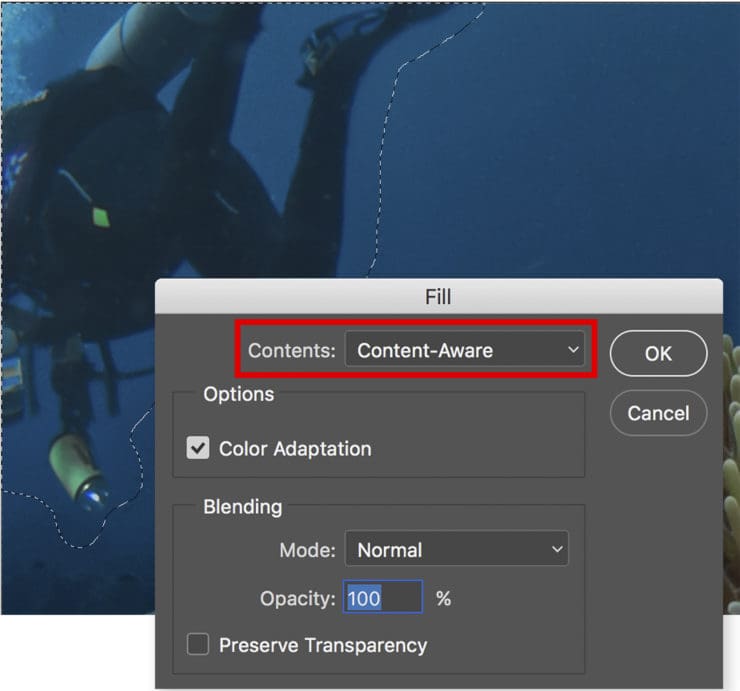
Easy, right? Unfortunately, Content Aware Fill doesn’t always deliver a flawless result. If the object you want to edit is close to or overlapping another object, then Content Aware Fill might not quite nail it. In that case, there are a few steps to take before resorting to other cloning tools.
- Start over. Even when you use the same exact selection, the voodoo that Content Aware Fill uses is never the same twice, so you might get a better result the second time around.
- Work in smaller sections. An incremental approach, especially for removing bubbles or building reef structure, often works better.
- For more advanced users, temporarily create a layer mask and paint with black over any areas you wish to hide from Content Aware, limiting its access to only appropriate pixels for your edit. When you’re done, delete the mask.
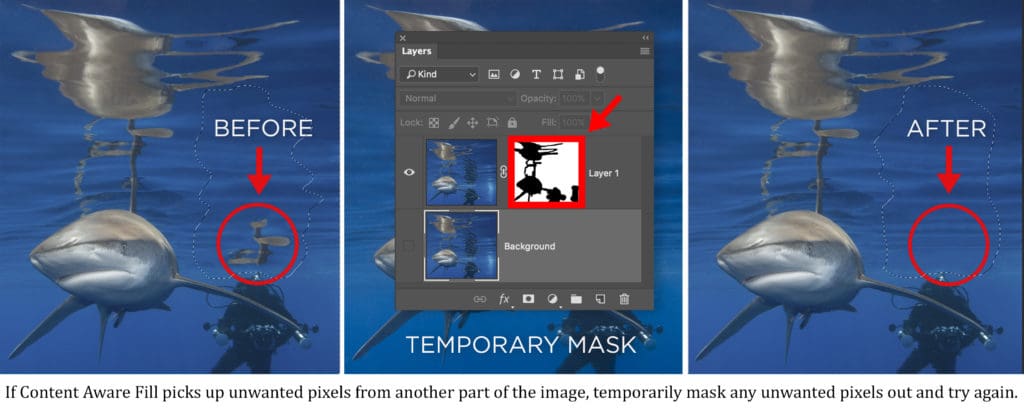
If Content Aware Fill isn’t doing the job, it’s time to reach for a different tool. The Content Aware algorithm can be leveraged in a more targeted way when using the Spot Healing Brush or Patch Tool.
The Spot Healing Brush
The Spot Healing Brush works much like the Spot Removal Tool in Lightroom or Adobe Camera Raw. Click or draw over the pixels you want to edit, and Photoshop does the rest. To get the best results, pay close attention to the tool options bar at the top left of the main window. Keep the blending mode to “Normal”, and from the “Type” options, choose between Content Aware, Create Texture, and Proximity Match algorithms. There’s no sure way of knowing which will work best, so I typically start with Content Aware, then switch to Proximity Match. Steer clear of Create Texture; it’s not useful in this instance.

Content Aware compares image content beyond the edge of the brush to seamlessly fill the selection, realistically maintaining key details such as shadows and object edges.
Proximity Match searches pixels immediately around the edge of the brush to find the best area to use as a fix. A Diffusion slider appears when you choose Proximity Match, which controls how quickly pixels used for the fix blend into the surrounding image. Select a lower value for images with grain or fine details, or a higher value for smooth images. I start with a setting of 3.
The Patch Tool
When the Patch mode is set to “Content Aware” in the tool options bar, two additional adaptation sliders, “Color” and “Structure” are activated. Here’s how it works:
- Grab the Patch Tool and draw a selection outline around the area or object you want to remove.
- Click inside the outline, and drag it to an area you wish to use for the patch. If you are satisfied with the result, deselect the outline, and you’re good to go.
- If you’re dissatisfied with the result, leave the selection active, and immediately adjust the Structure and Color sliders. Each time you change the value of the sliders, the result will update.

A Structure setting of 7 maintains structure strictly and 1 adheres very loosely. A setting of 5 is good for an area that has lots of structure or hard edges that you want to keep, whereas 1 is good for areas that are less detailed, like open water.
A Color value between 0 and 10 specifies the extent to which you want Photoshop to apply color blending to the patch. If you enter 0, color blending is disabled. A color value of 10 applies maximum color blending.

In real-world practice, you’ll probably have to do a little experimentation to get a satisfying result.



